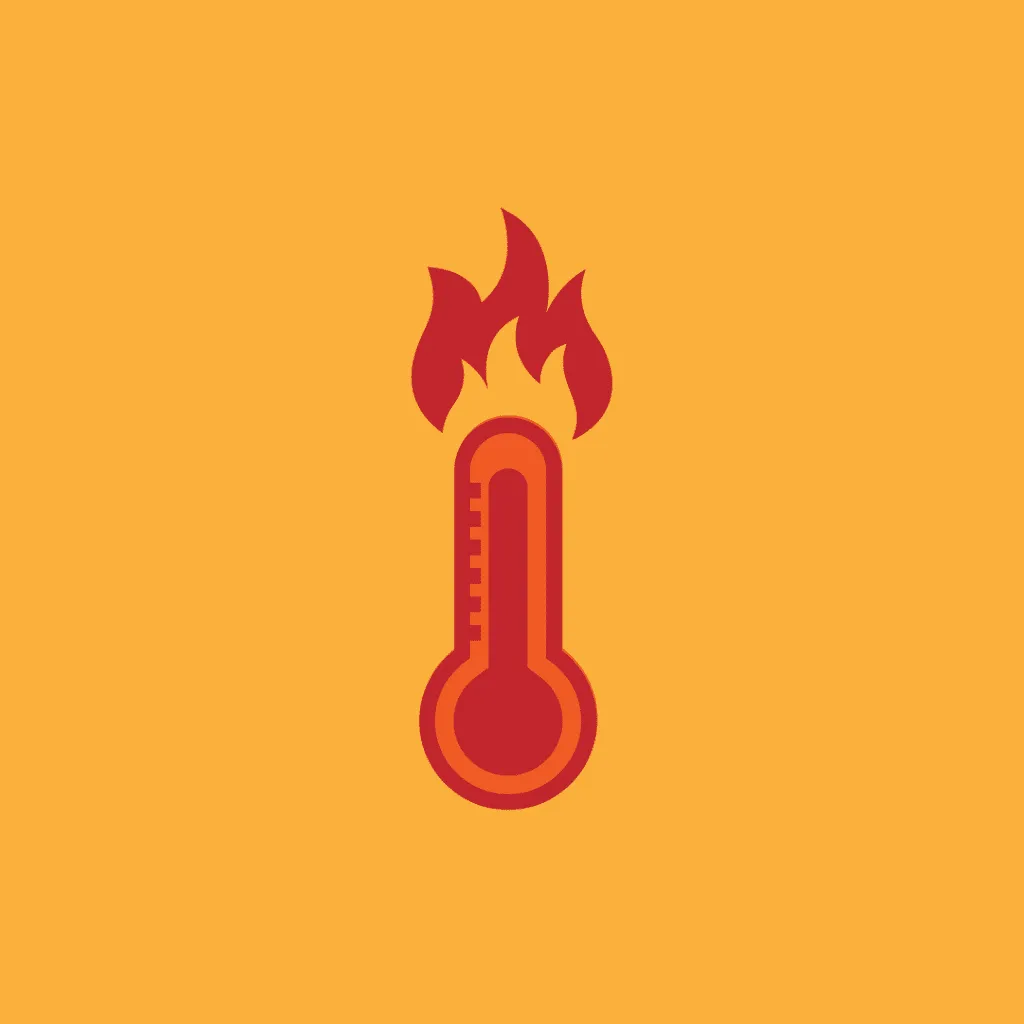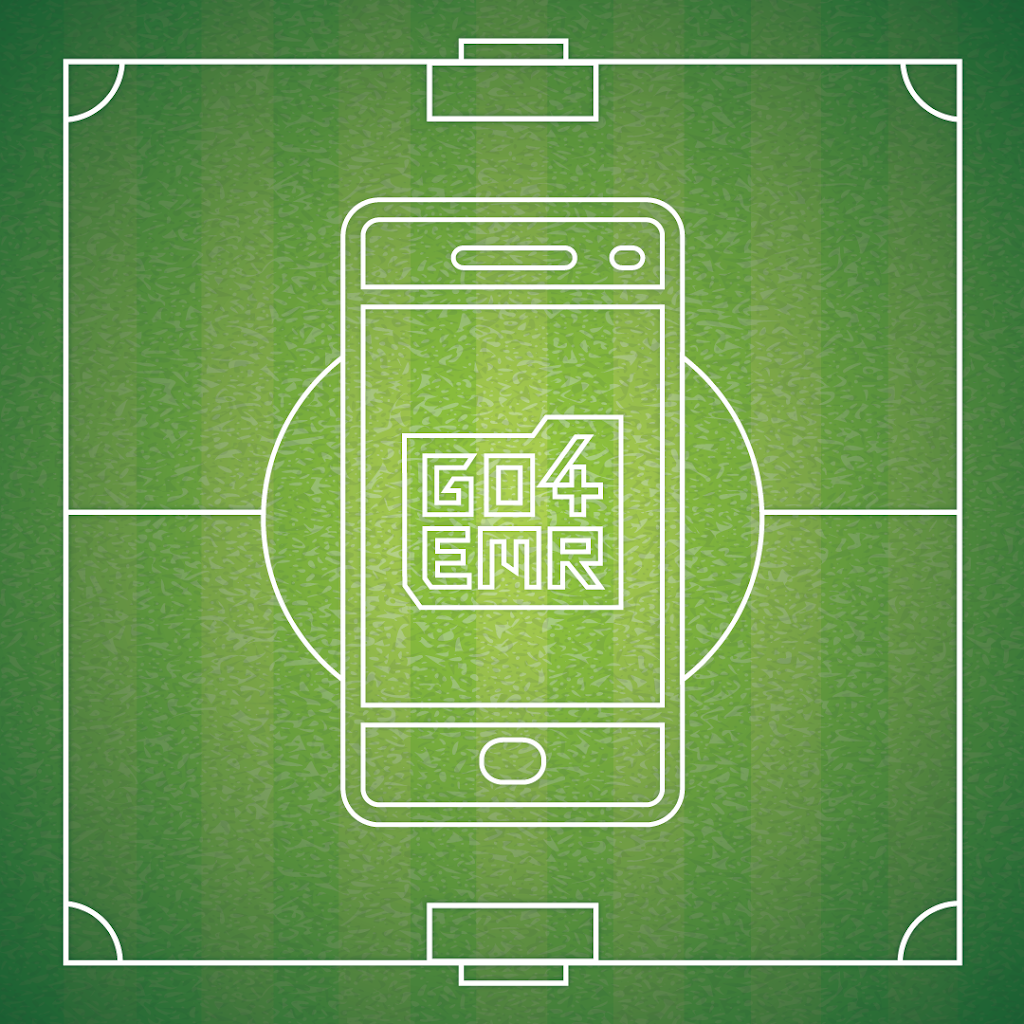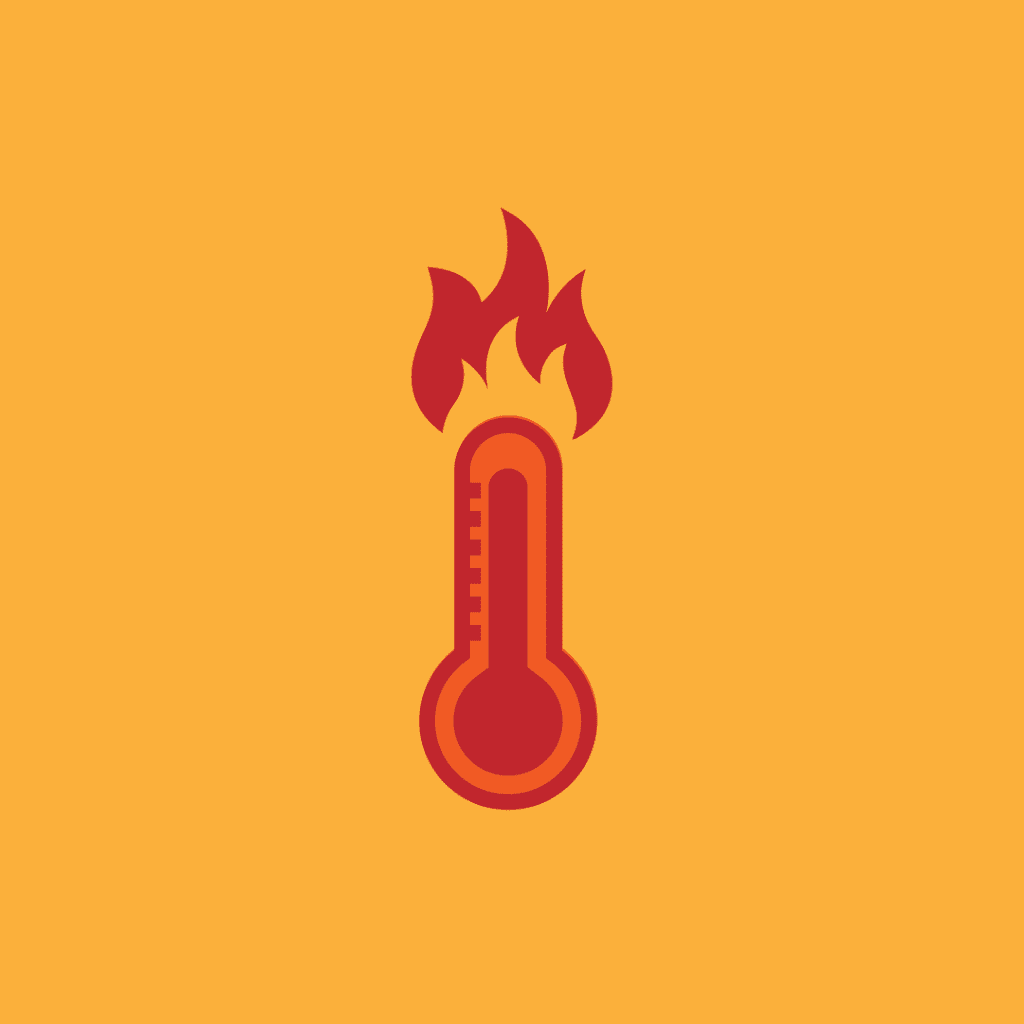Rectal Temperature is the only way to diagnose Exertional Heat Stroke – Josh Beard, MA, ATC

As athletic trainers, it always seems like we are pushing for more. More respect. More recognition. More money. The list goes on. We are pushing for these things for good reasons. We are highly trained, highly skilled healthcare professionals equipped to handle a myriad of conditions.
But something has been bothering me, and I want to talk about it.
We tout evidence based medicine. We are highly aware of best practice documents and utilize them to create policy and procedure manuals as well as emergency action plans. The problem that I have is that there are times when we ignore parts of these documents because they make us uncomfortable, we don’t feel adequately prepared, or believe it is outside of our scope.
Do you think I’m off base? Then why are so many of us averse to utilizing a rectal thermometer when presented with a patient exhibiting signs/symptoms of exertional heat illness?
It is the gold standard.
It is our educational standard.
It SAVES LIVES.
So again, why are we not utilizing a rectal thermometer when heat stroke is a possibility? I have heard many excuses (none of them good) and one of the most common is “I’m confident I can recognize the signs and symptoms and treat appropriately without a rectal temperature.” Here’s the problem . . . no you can’t. We all know the signs and symptoms of heat illness, but here is a refresher just in case:
Rectal temperature greater than 104°F
Irrational behavior, irritability, emotional instability
Altered consciousness, coma
Disorientation/dizziness
Headache
Confusion/Appear “out of it”
Nausea or vomiting
Diarrhea
Muscle cramps/loss of function
Collapse/staggering
Profuse sweating
Decreasing performance or weakness
Dehydration/dry mouth/thirst
Rapid pulse, low blood pressure, quick breathing
Now, ignore the rectal temperature and work through your list of differential diagnoses. Heat exhaustion? Exertional hyponatremia? Cardiac arrest? Concussion? Those are just a few things it could be. The ONLY way to know for sure is to get a rectal temperature and to continue to monitor it. If it is above 104°F, the most effective way to treat the patient is to immerse them in cold water (35-58°F) and monitor vital signs, including rectal temperature, until their core body temperature has decreased to 102.5°F.
According to the Korey Stringer Institute, if this process is followed within 10 minutes of patient collapse, heat stroke is survivable 100% of the time.
Nobody should die from a condition that is 100% survivable when recognized early and treated correctly.
If you do not feel adequately prepared to diagnose and treat heat stroke I urge you to review the best practice documents. Have difficult conversations with your administration. Present the evidence. Update your EAPs/Policies and Procedures. Equip yourself with the tools necessary to save a life.
Because you never know.
– AT Community Manager, Josh Beard, MA, ATC
Need an athletic trainer? Go4 is a nationwide app/platform that connects teams and organizations with per diem athletic trainers for games, practices, camps, clinics and tournaments. For more information, or to find and hire an athletic trainer, visit go4.io
If you’re an AT looking to pick up a shift or two, create your free Go4 account.
Are you an Athletic Trainer?
Join us!
From per diem shifts to full-time opportunities, AT resources, PLI, a free EMR and more, Go4 is the essential AT app. Sign up now!
"*" indicates required fields
Other articles you might like

What’s the deal with Standing Orders?
How do I get standing orders as an athletic trainer? Q: What are standing orders? A: Standing orders, aka medical protocols, establish the scope of practice for an athletic trainer. Under the direction of a physician, they are an overview of the specific skills that the AT is legally able…

AT Spotlight: Thomas Obergefell, Athletic Training from the Dugout
Name: Thomas Obergefell, MS, ATC, LAT Nickname: T.J. Alma…

Middle School / High School / College / Any School EMR – The Importance of Documentation
Go4’s in-app Electronic Medical Record We all know the reasons why it’s important to thoroughly document, but incase you forgot, here they are:…
